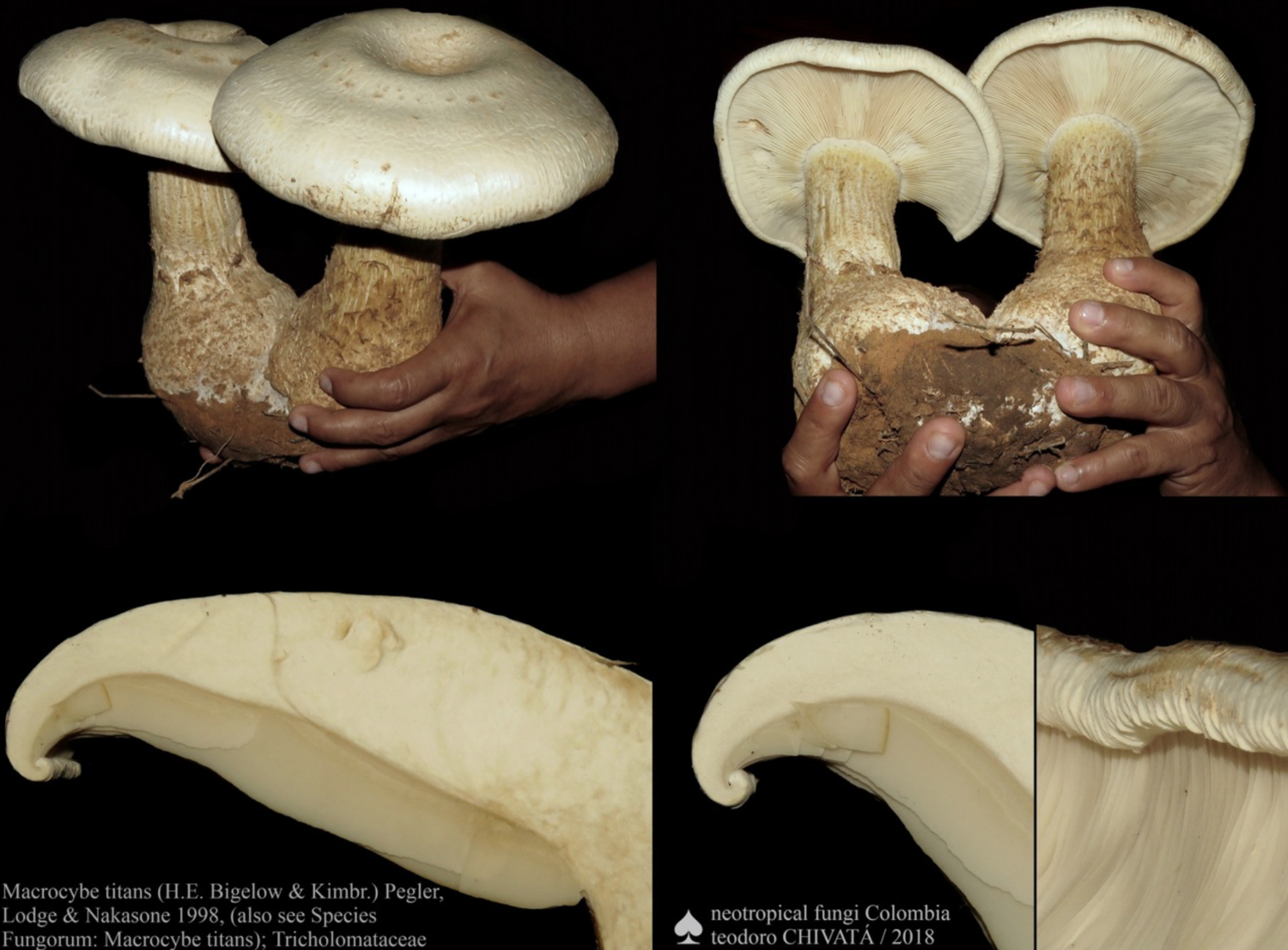
A mushroom weighing more than 20 kilograms, picked in a forest in Mexico's southernmost state of Chiapas in 2007.
In my Termitomyces titanicus article, I explain that a directional selection towards larger individuals promoted the species fitness. One reason larger mushrooms evolved in this species was because of their dependable, steady flow of an excellent food source (masticated woody debris) from their termite counterpart. The other reason is because of the patchy distribution of termite mounds in their unproductive African savanna ecosystems. Unlike leafcutter ants that bring their fungal cultivar to a new nest site, when reproductive termites leave their original mounds to set up new colonies, they do not bring their fungal counterpart. Over millions of years, termite specialized fungi that produced larger mushrooms, also produced more spores. The more spores produced, the better chances of colonizing a new termite mound. Now this is where it gets really interesting.
Advertisements
10 February 2023
Advertisements



